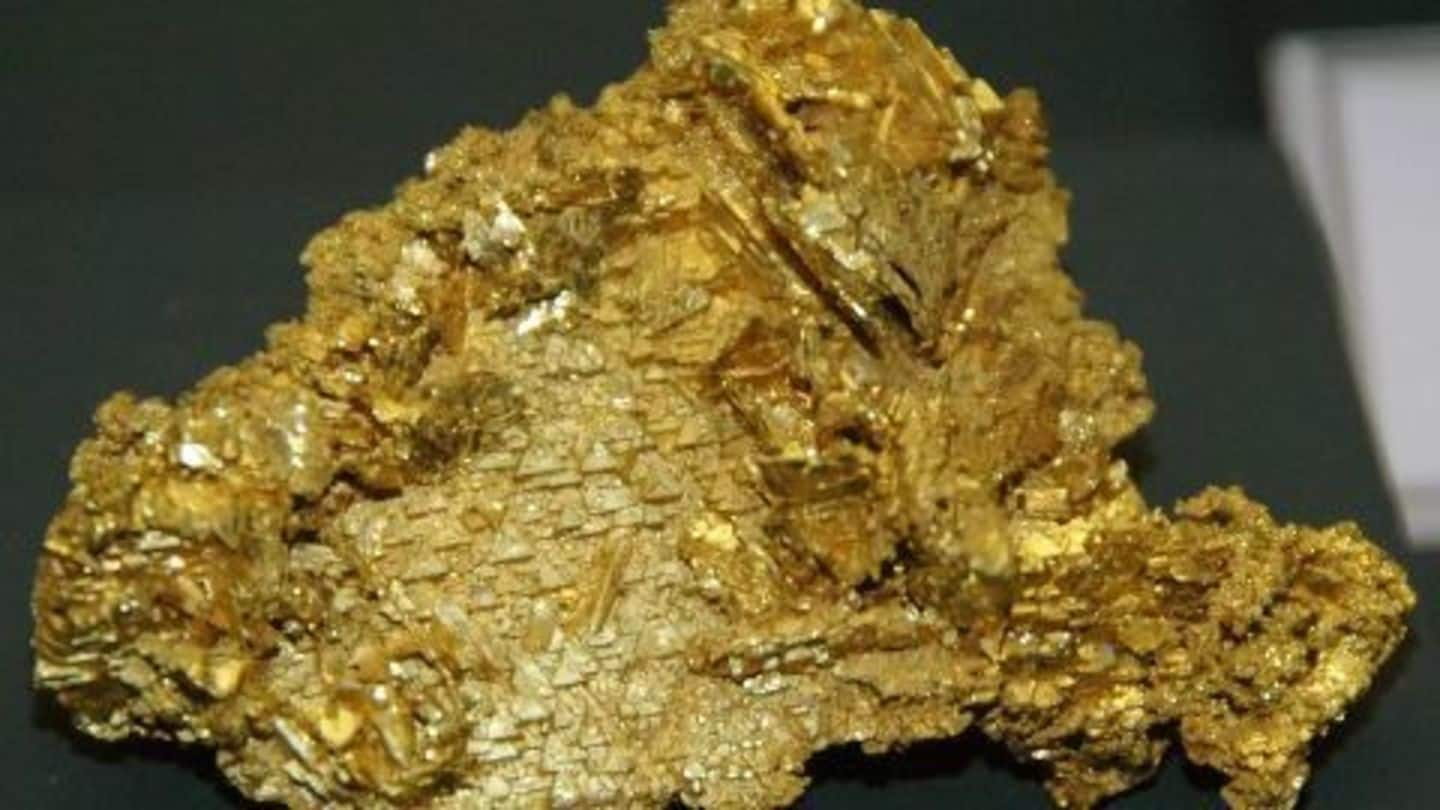
Now, a technique to extract gold from e-waste
What's the story
Scientists from University of Saskatchewan in Canada have discovered a novel technique to extract gold from e-waste.
Gold extraction from e-waste until now has been environmentally damaging because of the involvement of sodium cyanide.
The new technique is not only economically feasible but also environmentally benign.
The team of Professor Stephen Foley will now aim to scale up the process for large scale applications.
About
What is e-waste?
Electronic waste or e-waste refers to electronic products that have been discarded or have reached the end of their life.
Electronic scrap such as mobiles, computers, laptops, etc. contain toxic elements such as beryllium, cadmium, lead, etc. which can pollute the environment.
The world produces 50 million tonnes of e-waste every year, out of which 80% ends up in land fill, polluting the soil.
Do you know?
The value of e-waste
It is estimated that 100,000 mobile phones contain 2.4 kg of gold, 25 kg of silver, and 900 kg of copper and other metals.
Issues
Issues in extracting gold from e-waste
Gold is almost inert and does not dissolve easily in chemical solutions making extraction from e-waste very difficult.
The common techniques used for extraction of gold require huge quantities of sodium cyanide which is environmentally toxic.
The earlier processes required 5000 liters of aqua regia (a mixture of nitric acid and hydrochloric acid) which cannot be reused, thus increasing the cost.
29 Jan 2016
The new process
The new process uses a solution of acetic acid mixed with oxidants and other acids to dissolve gold at a much faster rate.
The solution does not have any negative environmental issues associated with it.
It is economically cheap as it costs 50 cents a litre and can extract 1 kg of gold using 100 litres of the solution.
Quote
Advantages of new process
"We've found a simple, cheap and environmentally benign solution that extracts gold in seconds, and can be recycled and reused," - Professor Stephen Foley, University of Saskatchewan in Canada.